Cs-9811ts thermal conductive silica gel sheet series has a special ultra-thin glass fiber cloth double-layer structure, which increases operability and tensile strength. In the continuous motion environment, the thermal conductive silica gel sheet is not easy to be damaged, and its service life is more than 15 years.

Widely used in LED lamps, vehicle electronics, television, power supply, communication products, network products and other industries.
.jpg)
Widely used in LED lamps, vehicle electronics, television, power supply, communication products, network products and other industries.
Usage and precautions:
&1. Keep the contact surface with the heat-conducting silica gel sheet clean to prevent the fouling on the heat-conducting silica gel sheet, and the self-adhesive and sealing thermal conductivity of the polluted heat-conducting silica gel sheet will become poor.
&2. When picking up the heat-conducting silica gel sheet, the heat-conducting silica film with large area should be grabbed from the center, and the smaller one is not required, because the large heat-conducting silica gel sheet is not evenly stressed, which will lead to deformation, affect subsequent operation, or even damage the silicon film.
&Take the sheet with your left hand and tear off one of the release protective films with your right hand. It is not allowed to remove both protective films at the same time, reduce the number and area of direct contact with the thermal conductive silicon film, and keep the self-adhesive and thermal conductivity of the thermal conductive silicon film from being damaged.
&Remove one side of the protective film and face the radiator. First align the thermal silicon film with the radiator. Slowly put down the heat-conducting silica gel sheet. Be careful to avoid bubbles.
&If there are bubbles in the operation, pull up one end of the silicon film and repeat the above steps, or use a tool to wipe off the bubbles gently, but the force is too large, so as to avoid damage to the thermal silicon film.
&Remove the protective film on the other side and put it into the radiator. Remove the last protective film with a small force to avoid pulling or damaging the heat-conducting silica gel sheet.
&After fastening or using the strong adhesive heat-conducting silica gel sheet, apply a certain amount of pressure to the radiator and store it for a period of time to ensure that the heat-conducting silica film is fixed well.
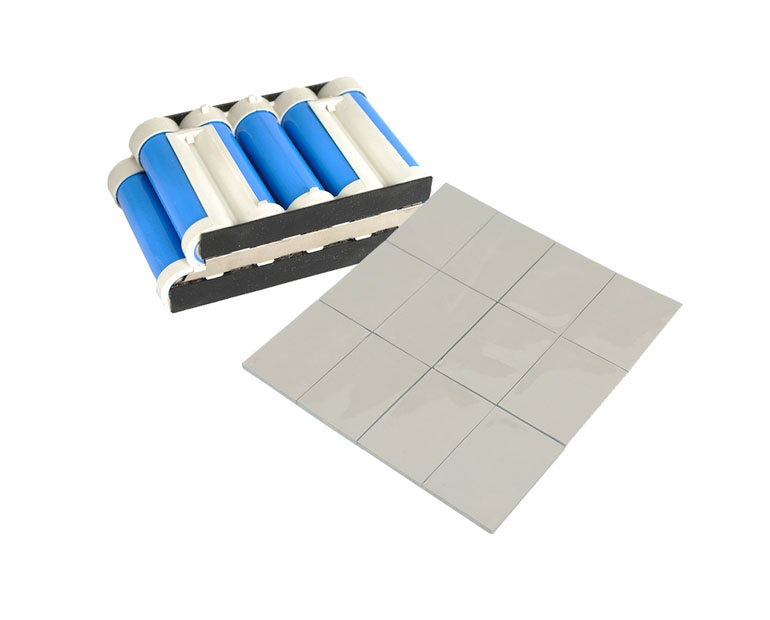
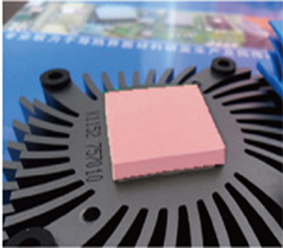
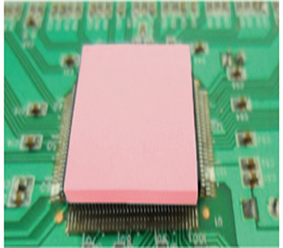
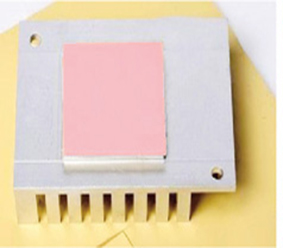
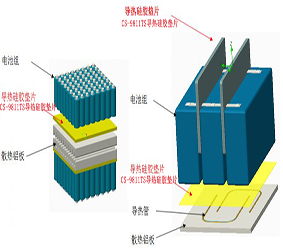



.jpg)
 Official website of mobile phone
Official website of mobile phone WeChat public address
WeChat public address

















